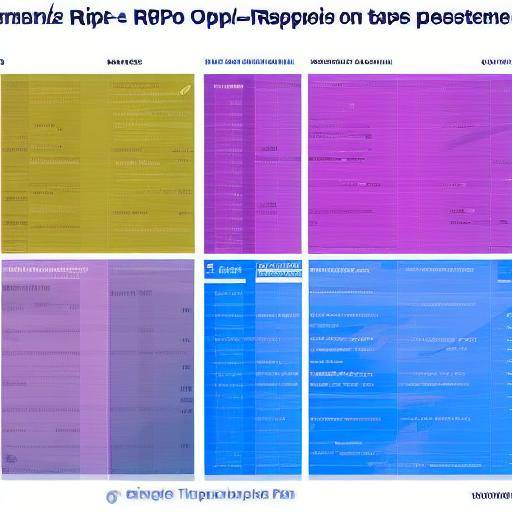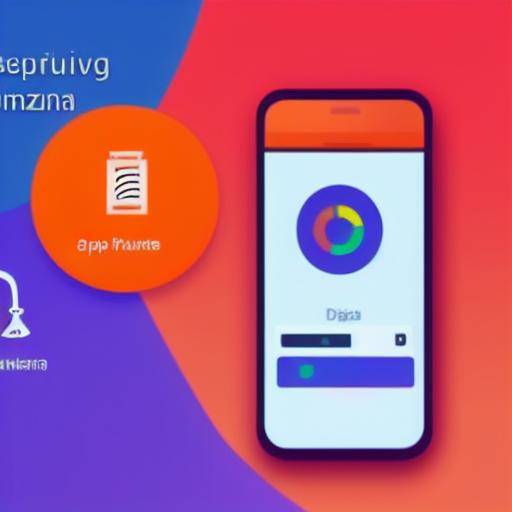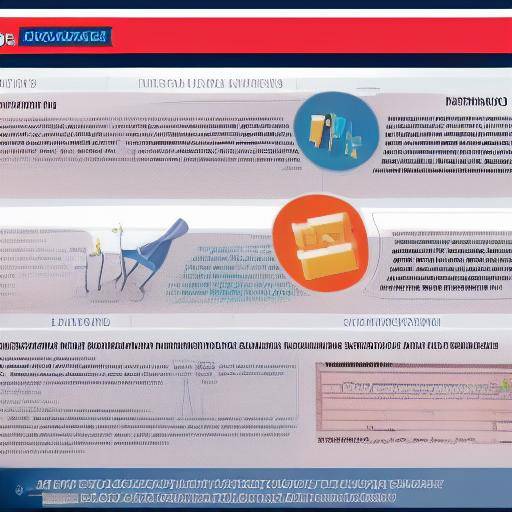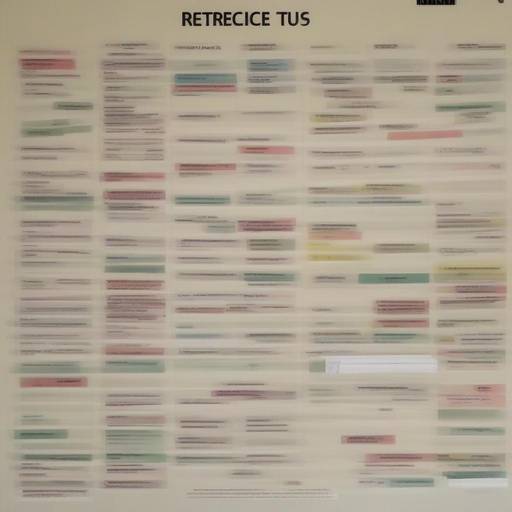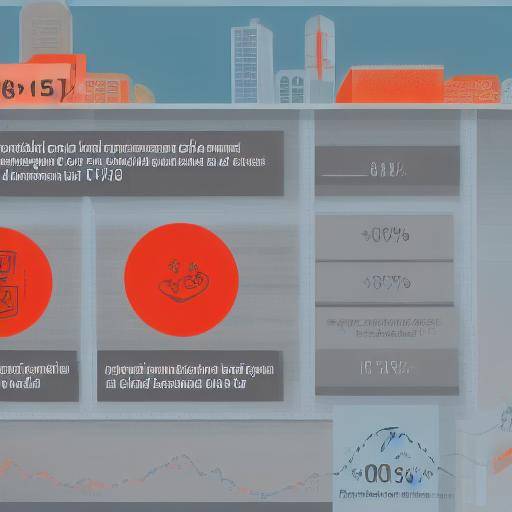
The importance of accurate evaluation and meticulous planning
The transition to university education represents an exciting milestone in a student's life. However, underestimating the costs associated with higher education is a common mistake that can lead to long-term financial consequences. In this article, we will explore the importance of accurate assessment and meticulous planning of university expenditures. From history and background to practical advice and future predictions, this content will comprehensively address these key aspects. Join us on this journey through higher education!
Introduction
University education represents a significant investment in the future of a student. Associated costs, including registration, accommodation, books and other indirect costs, can total a considerable amount. A precise assessment and careful planning of these expenses are essential to avoid unpleasant surprises and ensure a smooth transition to university life. In this context, it is crucial to understand common mistakes that can lead to underestimating university costs and to learn effective strategies to avoid them.
History and background
The history of higher education and its costs has experienced significant developments over the years. From the first universities to the contemporary model, the financing of education has been a subject of continuous interest. Throughout history, different approaches and financing systems have emerged, and understanding this background provides a solid basis for understanding the current situation.
Exploring key dates, influential figures and significant milestones allows the evolution of university costs and their social, economic and political implications. History and backgrounds provide a deep understanding of the complexity and importance of accurate assessment and planning of university expenditures.
In-depth analysis
The accurate assessment of university costs not only involves identifying direct costs, but also understanding contemporary challenges and trends. Analyzing statistics, case studies and concrete examples offers a clear view of the current reality. In addition, considering different perspectives and opinions enriches understanding and highlights the complexity inherent in this crucial issue.
Common errors
Underestimation of indirect costs
- Transport: Many times, students and their families do not adequately consider transportation costs, which may include the cost of home travel during holidays, daily transportation and possible costs of a car.
- Food: Although some universities offer food plans, it is common for students to spend on meals outside the campus and other foods not included in such plans.
Lack of consideration of inflation
- Increase in enrolment: Tuition rates tend to increase every year. Not taking into account inflation can lead to insufficient financial planning.
- Cost of living increases: Rental prices, food and other essential goods also tend to rise, affecting the overall budget.
Benefits of accurate planning
- Reduction of financial stress: Having a clear picture of anticipated costs, families can prepare better and reduce financial uncertainty.
- Improved decision-making: With a precise evaluation, students can make more informed decisions about scholarships, loans and part-time jobs.
- Prevention of excessive indebtedness: Careful planning can help avoid the accumulation of unnecessary debts.
Comprehensive review
The overview of accurate assessment and meticulous planning of university costs is comprehensive and diverse, enabling a wide range of applications and best practices to be explored. Collecting expert opinions, case studies and future perspectives highlights the wealth of knowledge available to improve decision-making.
To compare different methods and approaches in this comprehensive review allows an expanded vision that enriches the understanding of the challenges and opportunities that arise when dealing with university costs.
Expert opinion
- María López, Financial Advisor: "It is essential to start planning university costs with years of anticipation. Families should consider not only direct costs, but also additional costs that may arise throughout the academic year. "
- Carlos Pérez, Expert in Education: "Transparency in university costs is key. Institutions must provide students with a clear view of all associated costs, not just tuition. "
Comparative analysis
Precision, evaluation and planning are interconnected elements that, together, offer a more complete perspective. Compare and contrast these aspects reveal the similarities, differences and possible synergies that can optimize the management of university costs. Through specific examples and diverse scenarios, this analysis highlights the importance of addressing these elements in a comprehensive manner.
Exploring specific examples and scenarios allows a deeper and more practical understanding of the interaction between precision, evaluation and planning in the context of university costs.
Practical advice and recommended actions
Strategies for accurate evaluation
- Comprehensive investigation: Investigate all possible sources of costs, including the least obvious ones such as transportation and additional study material.
- Consultation with financial advisers: Take advantage of the resources available at the university and consult financial advisers to get a full overview of the costs.
Recommended actions for planning
- Establish a budget: Create a detailed budget that includes all possible costs, both direct and indirect.
- Search for scholarships and financial aids: Investigate and apply to all available scholarships and aids to reduce the financial burden.
- Planning ahead: Consider inflation and annual increases in costs to be better prepared.
Conclusions and FAQs
Conclusions
In short, underestimating university expenditures may have significant long-term consequences. Accurate evaluation and meticulous planning are essential to ensure that students and their families are well prepared to meet the costs of higher education. By adopting a proactive approach and considering all financial aspects, it is possible to minimize financial stress and ensure a more manageable and successful university experience.
Frequently asked questions
- What are the most common indirect costs that are overlooked in university planning?
- Transportation, food outside the plan of additional meals and study materials are some of the indirect costs that are often underestimated.
- How can I prepare for tuition increases and other university costs?
- Planning ahead and considering inflation in your budget. Finding additional scholarships and financial aids can also be helpful.
- What resources are available to help me assess and plan university costs?
- Universities often offer resources such as financial advisers and planning workshops. There are also numerous online tools and calculators that can be useful.
- Is it possible to study and work at the same time to cover university expenses?
- Yes, many students work part-time to help cover their expenses. It is important to find a balance that does not adversely affect academic performance.
- How can I maximize scholarship and financial aid opportunities?
- Investigating and applying to all available scholarships and grants, and maintaining good academic and extracurricular performance that can make you eligible for more opportunities.


